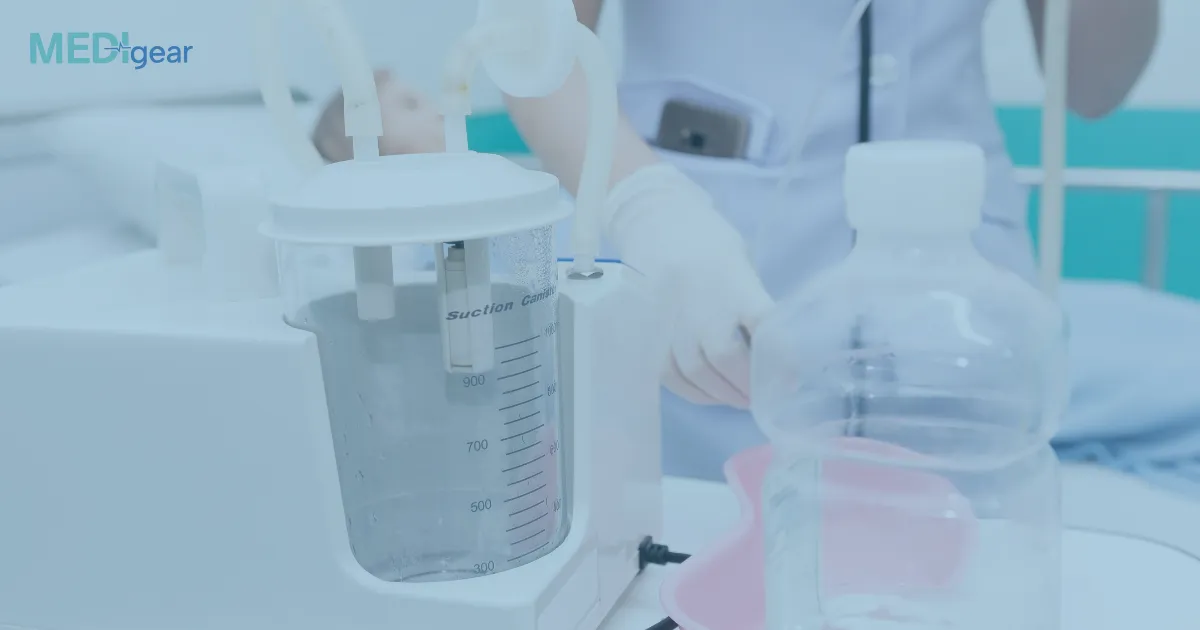In emergency medicine and critical care, airway management is a top priority. When patients cannot clear their own airway due to injury, illness, or unconsciousness, portable suction machines become life-saving tools. These devices are designed to quickly and effectively remove obstructions, ensuring the patient can breathe properly.
What Is a Portable Suction Machine?
A portable suction machine is a lightweight, battery-operated or manually powered device used to clear the airway by removing:
- Mucus and secretions
- Blood
- Vomit
- Foreign materials
Unlike stationary hospital suction systems, portable models are designed for use in ambulances, homes, and field emergencies, making them highly versatile.
Key Benefits of Portable Suction Machines
1. Immediate Airway Clearance
They provide rapid suction to clear blockages, which is critical in emergencies such as cardiac arrest, trauma, or respiratory distress.
2. Mobility and Accessibility
Compact and lightweight, portable suction units can be carried anywhere—whether in ambulances, home care, or disaster response situations.
3. Essential for Pre-Hospital Care
Paramedics use them at accident scenes to stabilize patients before transport, ensuring oxygen supply is not compromised.
4. Versatility of Use
They can be used across patient groups, from infants with respiratory secretions to adults with traumatic injuries.
5. Backup for Power Outages or Transport
Battery-operated models provide suction support even when hospital systems are unavailable, making them crucial in remote or emergency settings.
When Are They Used?
Portable suction machines are commonly used in:
- Ambulances and emergency response units
- Home healthcare for patients with chronic respiratory conditions
- Disaster relief and military medical operations
- Post-operative and palliative care settings
Conclusion
Portable suction machines are indispensable in emergency and critical care. By ensuring immediate airway clearance and reliable mobility, they help protect patients from life-threatening airway obstruction both inside and outside the hospital.
Disclaimer: This article is intended for informational purposes only and should not be considered medical advice. Always seek guidance from qualified healthcare professionals for diagnosis and treatment.






